We've shared a post all about Balisong Pivot Systems: bushings, bearings, and washers.
Of these pivot systems, bushings are usually the most sought after due to them allowing for extremely tight tolerances and being very predictable when in motion. We wanted to dig into everything you need to know about bushings.
WHAT IS A BALISONG BUSHING?
The definition of a bushing according to the Merriam-Webster dictionary is “a usually removable cylindrical lining for an opening used to limit the size of the opening, resist abrasion, or serve as a guide.”
There are several different places bushings can be found, such as car suspension arms, skateboard trucks, any type of machinery with rotating or sliding shafts, and you guessed it, folding knives!

In terms of folding knives, bushings and washers are used together to isolate the handles from directly contacting the pivot area of the blade.
A knife bushing is usually a machined piece of hardened steel that is made to be ever so slightly thicker than the tang of the knife.
The purpose of knife bushings is to disperse the force of friction in the pivot when opening or closing the knife. Bushings also allow a knife to have extremely tight tolerances while still being able to open smoothly.
BALISONG BUSHING TYPES
There are two main ways balisong pivot systems are constructed: the standard sandwich bushing system and the floating bushing system.
THE STANDARD SANDWICH BUSHING SYSTEM
The standard sandwich bushing system is constructed with bushings that are machined to be slightly thicker than the tang of the blade.
Washers sit atop and underneath the bushing like a sandwich. This is how most balisong bushings are constructed due to ease of machining and labor.
When put together, the handles of the balisong will make direct contact with the washers and nothing else.

THE FLOATING BUSHING SYSTEM
The floating bushing system is constructed with bushings slightly thicker than the blade's tang and washers combined.
The bushing goes through the washers instead of the washers sitting on the bushing.
When put together, the handles of the balisong will make direct contact with both the bushings and the washers.
In theory, the floating bushing system disperses friction better than the sandwich bushing system due to there being more contact points for friction to flow.

Balisong Handle Play, Tap, and Blade Rub
Handle play, tap, and blade rub are three common terms when talking about the physical condition of a balisong.
Handle play refers to the amount of wiggle room your handles have while still being able to swing without binding. Little to no handle play is ideal for most flippers because it makes the knife more predictable in motion. If a balisong has little to no play it will also usually not have tap or blade rub.
Tap occurs when the blade of the knife taps on the inside of the handle when shaking the knife in the closed position.
Blade rub comes from the blade rubbing the inside of the handles while flipping.
Both of these characteristics are less than desirable due to them causing physical damage to the balisong when in use.

Play, tap, and blade rub can all be the result of how well your bushings are machined or tuned.
If your bushings are undersized, you are solely relying on the washers in your knife for tight tolerances. If your bushings are oversized, there will be more room for the handles to wiggle, creating room for more handle play and resulting in both tap and blade rub.
If your bushings are sized perfectly, your balisong will have little to no play and no tap or blade rub.
A knife that only runs on washers will usually not hold its tolerances for very long before tap and blade rub become apparent.
TUNING BALISONG BUSHINGS
If you ever find yourself in the situation of having a balisong with bushings that are too oversized, don’t fret!
Oversized bushings can always be tuned to the right size. The safest and easiest way to tune oversized bushings is with high grit sandpaper, a pivot lap, and calipers.
Use the calipers to see how thick your blade tang is compared to your bushing.
Put your bushing in the pivot lap and make a few circular passes with the pivot lap across the high grit sandpaper until your bushing is sized ever so slightly thicker than the blade tang.
A pivot lap and callipers are not required for tuning bushings, but they are highly recommended.
You could always just hold the bushing with your hands to sand it and keep assembling and disassembling your balisong until the bushings are the correct size.
The main issue with hand sanding bushings is that there is more room for error and you could potentially make the bushing uneven if steady pressure is not put on the bushing when sanding.

Unfortunately if your bushings are undersized there is not much you can do to fix them. A lot of times you can get replacement bushings from either the manufacturer of the knife or from USAKnifeMaker.com.
If you can't find the right size bushings you can always post on the #balisongsale tag on Instagram to get bushings secondhand.
BALISONG BUSHING MAINTENANCE
Bushing pivot systems are generally very low maintenance.
That being said, there are a few things you should do to keep your bushing pivots in good working condition.
Always keep your bushings lubed with good quality knife lube. This will allow your bushing pivots to swing more freely and greatly increase their lifespan.
I’d recommend using a small drop of either KPL Original or KPL Heavy for balisong bushings. KPL keeps your knife running smoothly as well as assists in keeping it clean.
If you notice your pivots are full of dust and dirt, take apart your knife and wipe off your pivots.
When you reassemble your knife and your pivots are nice and dry, put a little extra lube in your pivot to ensure the bushings and washers are fully covered.

DO NOT over-tighten your pivot screws when reassembling or after tuning a bushing knife. Just because you can crank your screws down as hard as possible doesn't mean you should. Cranking down bushing pivot systems too hard will deform your washers and could even cause you to break your screws or driver.
When putting a bushing knife together you should tighten the pivot screws until you feel resistance, and then give it a slight extra turn no more than a quarter turn.

Overview
Bushing pivot systems are the most sought after pivot system for balisongs due to their tight tolerances and flipping characteristics.
Bushings allow for predictable flipping motion which is preferred by most flippers.
They are easy to maintain and when properly tuned, they will keep your knife in good physical condition.
Keep flipping and stay wicked sick!
IG: @poip._.sus


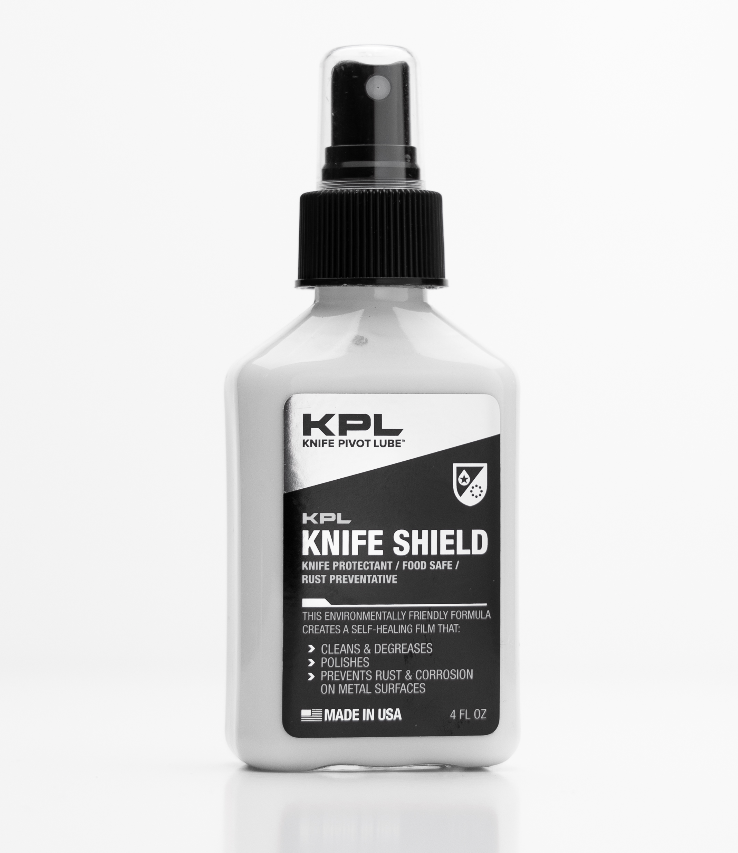
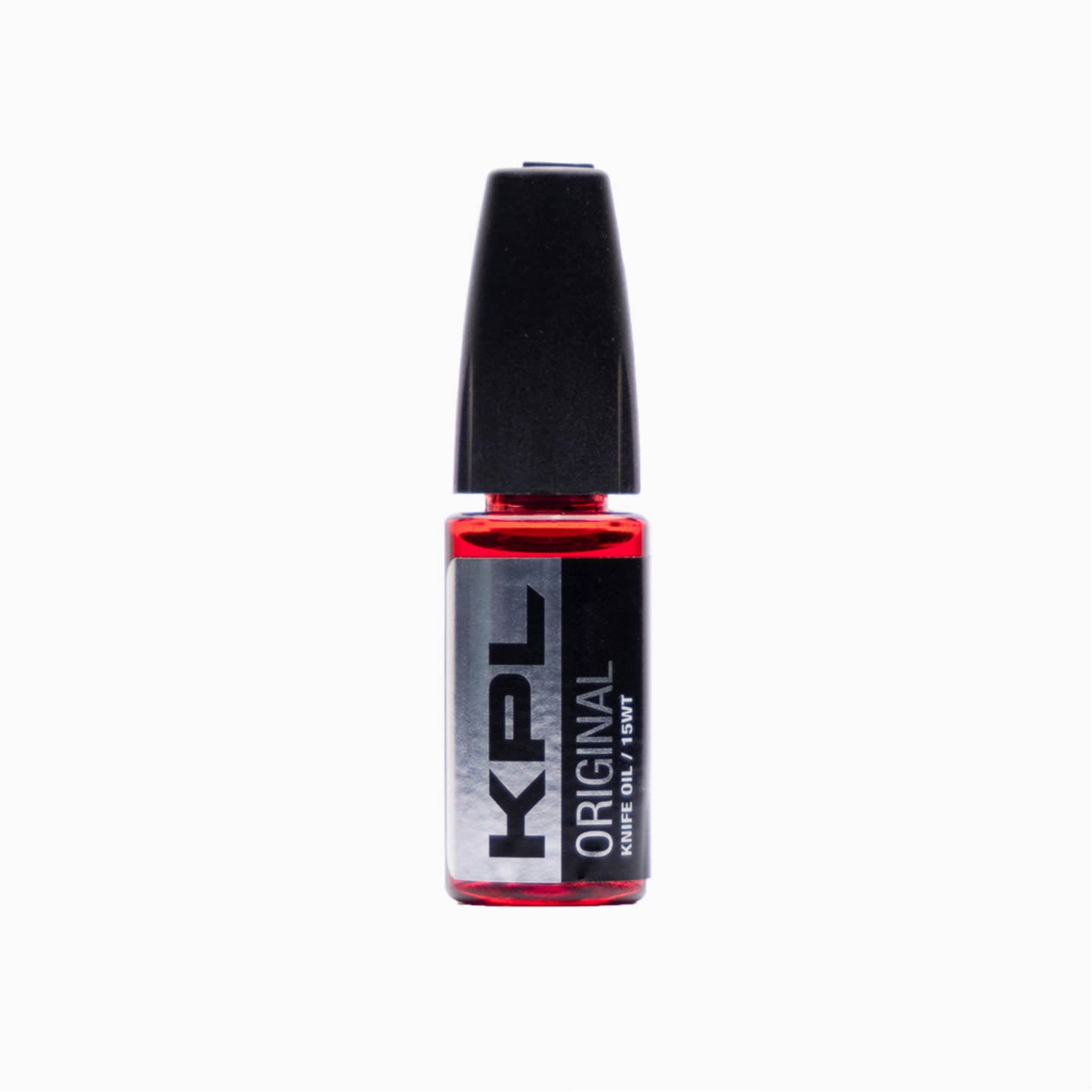

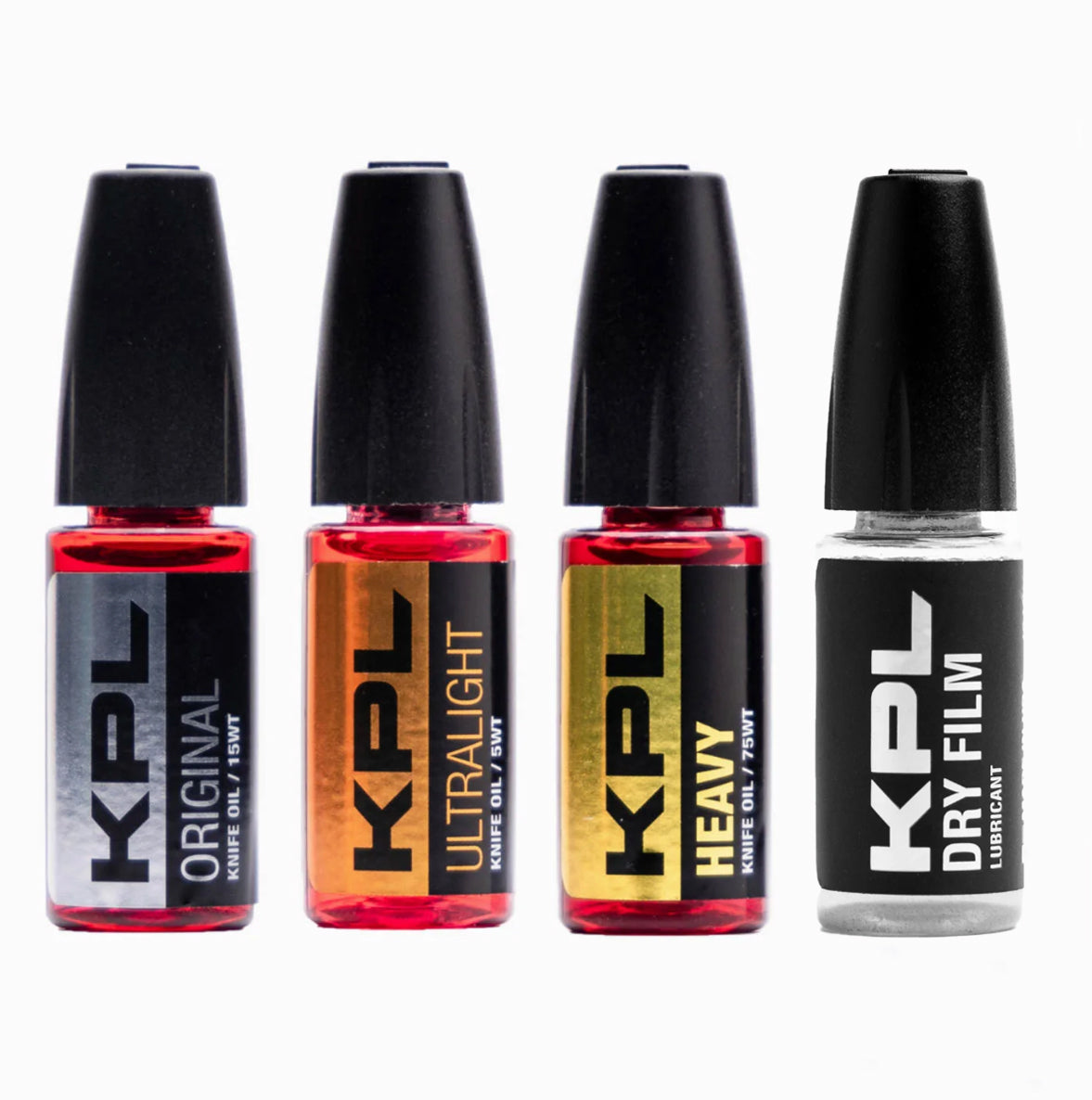
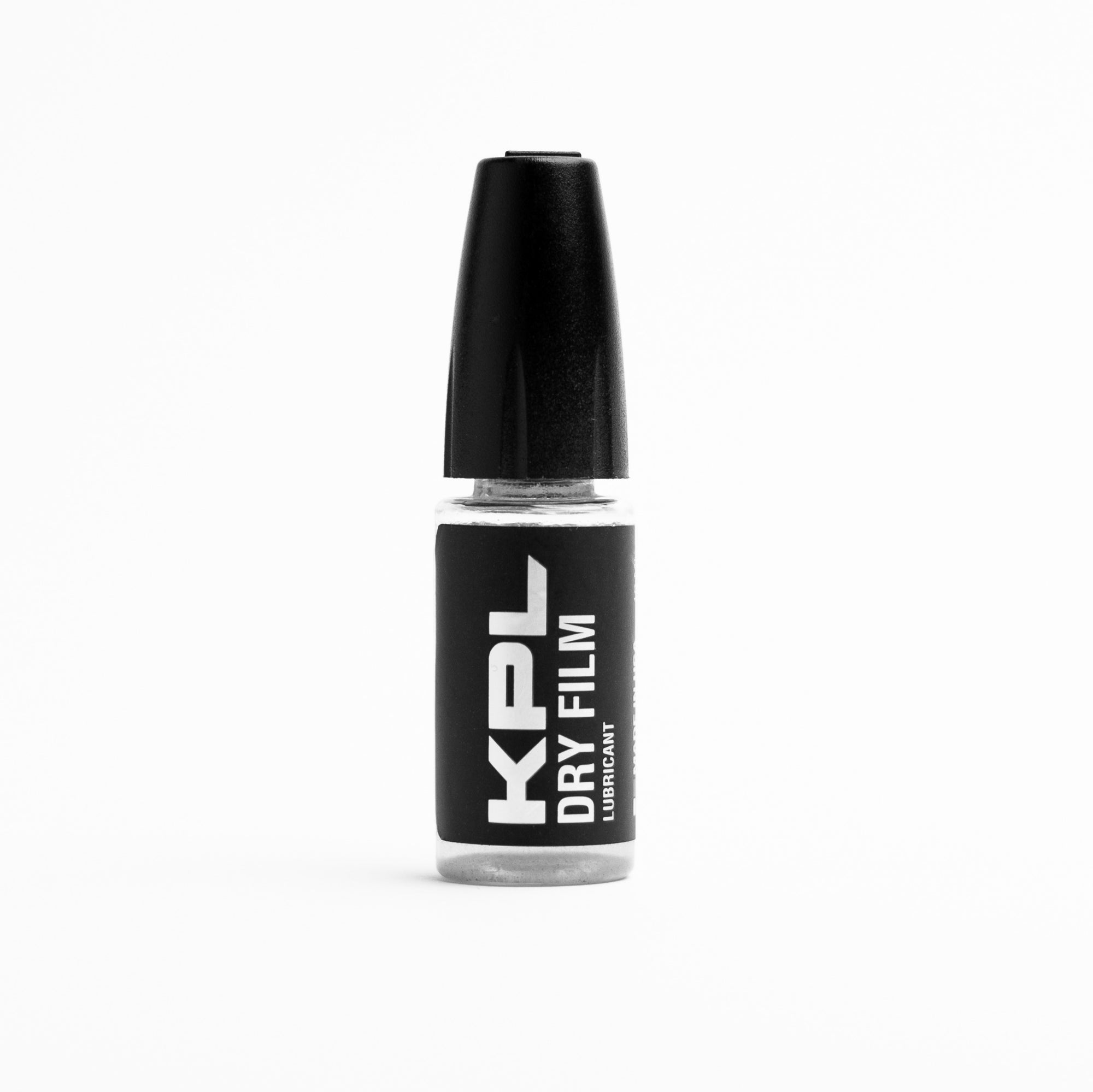
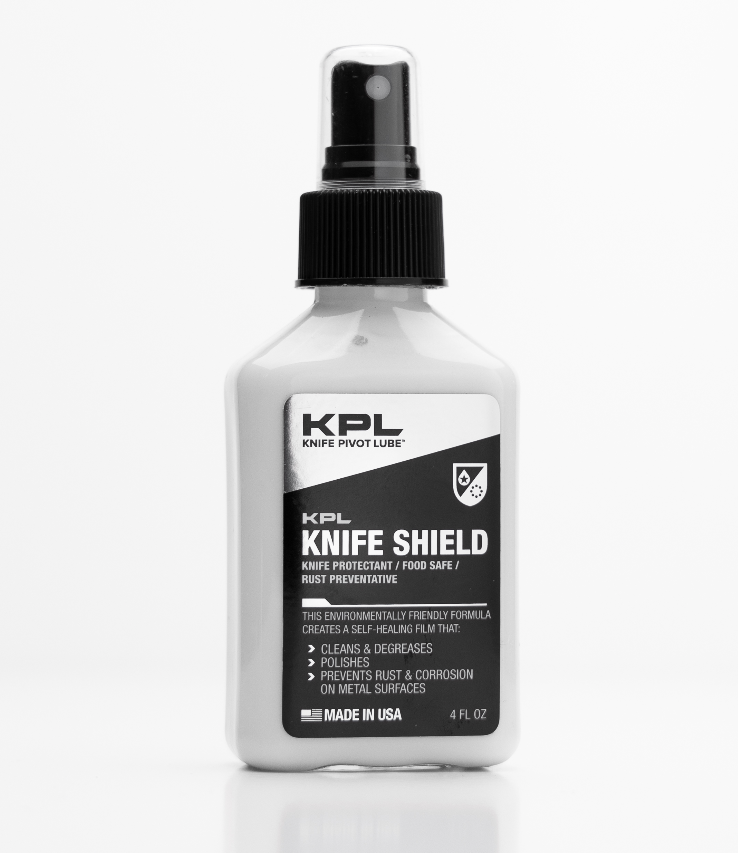
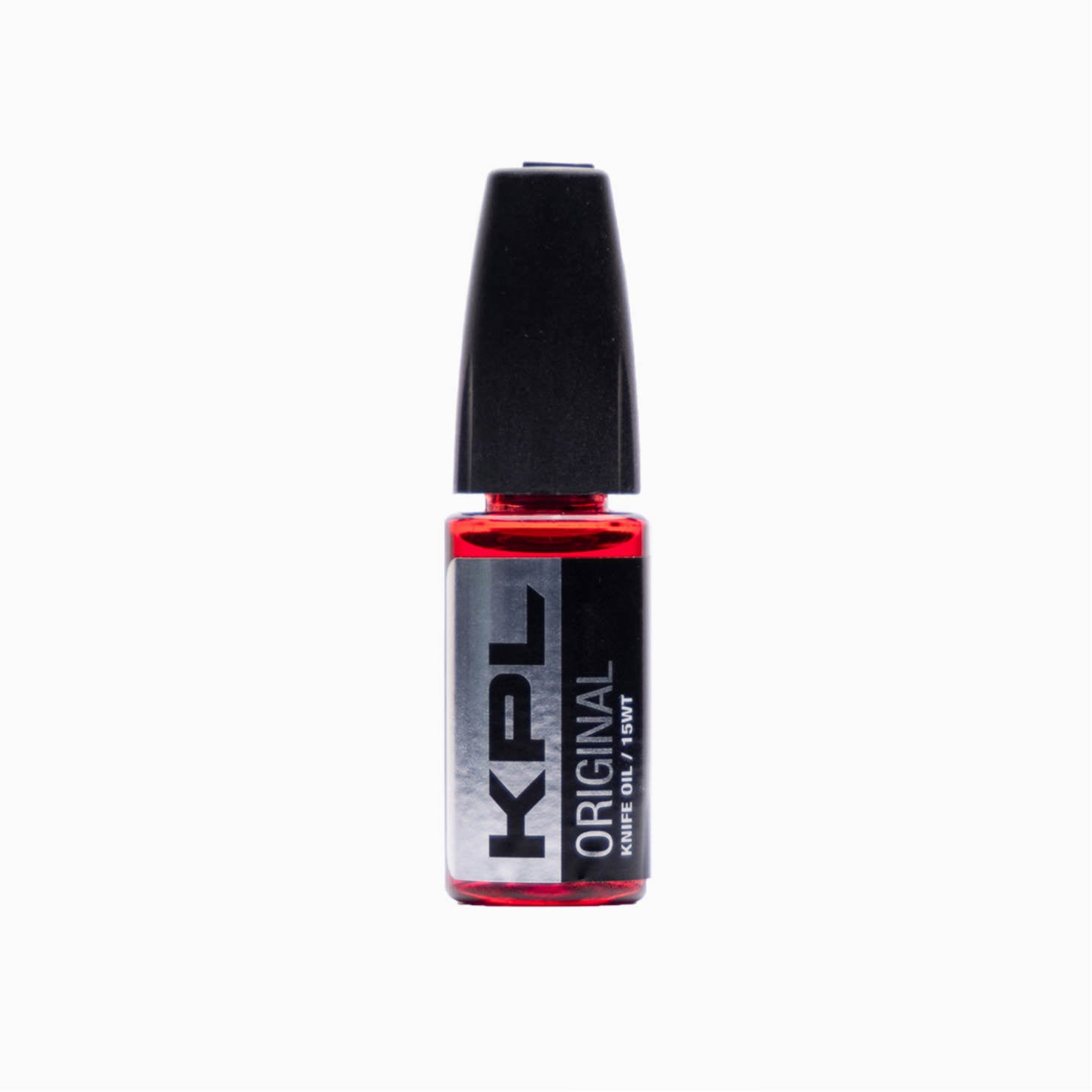
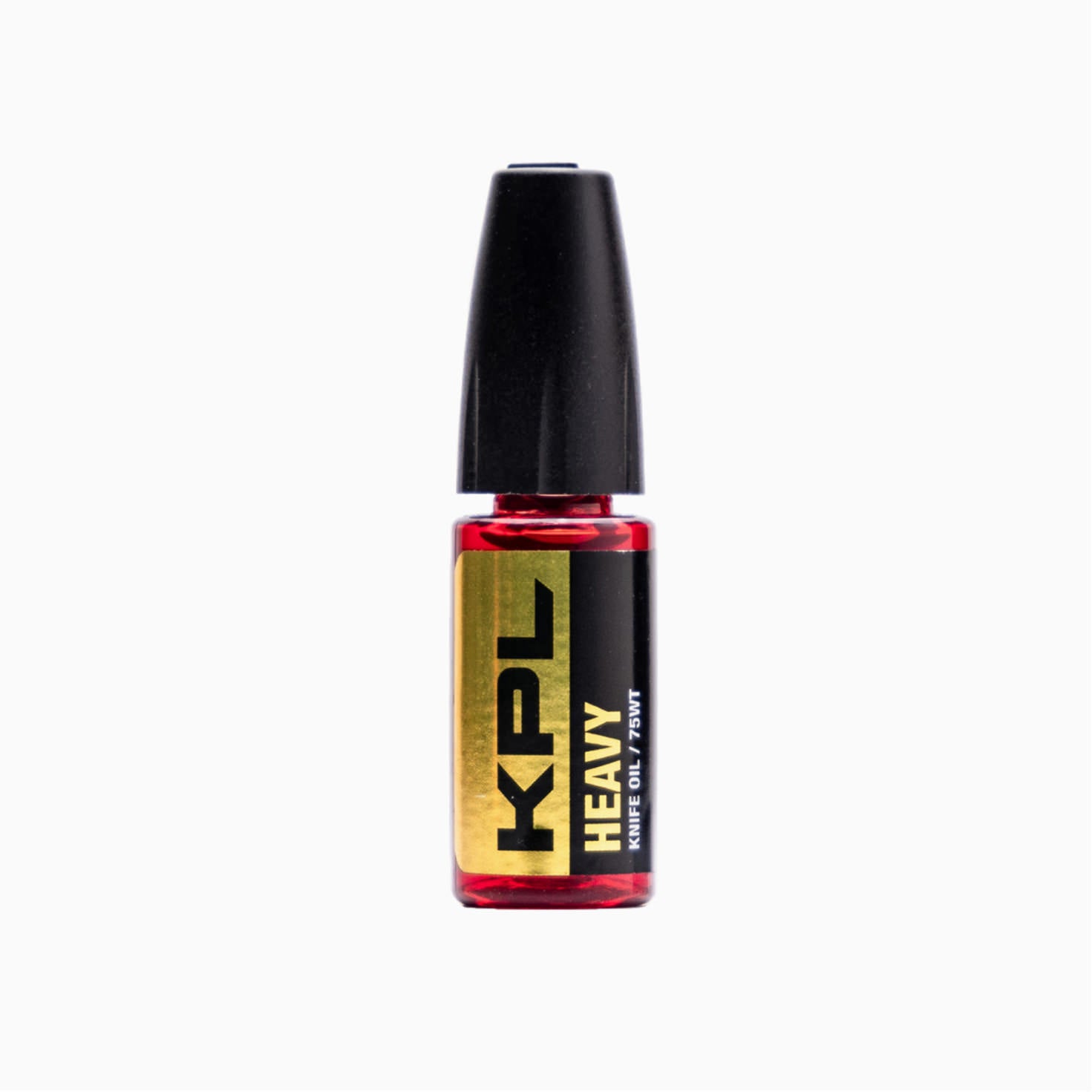
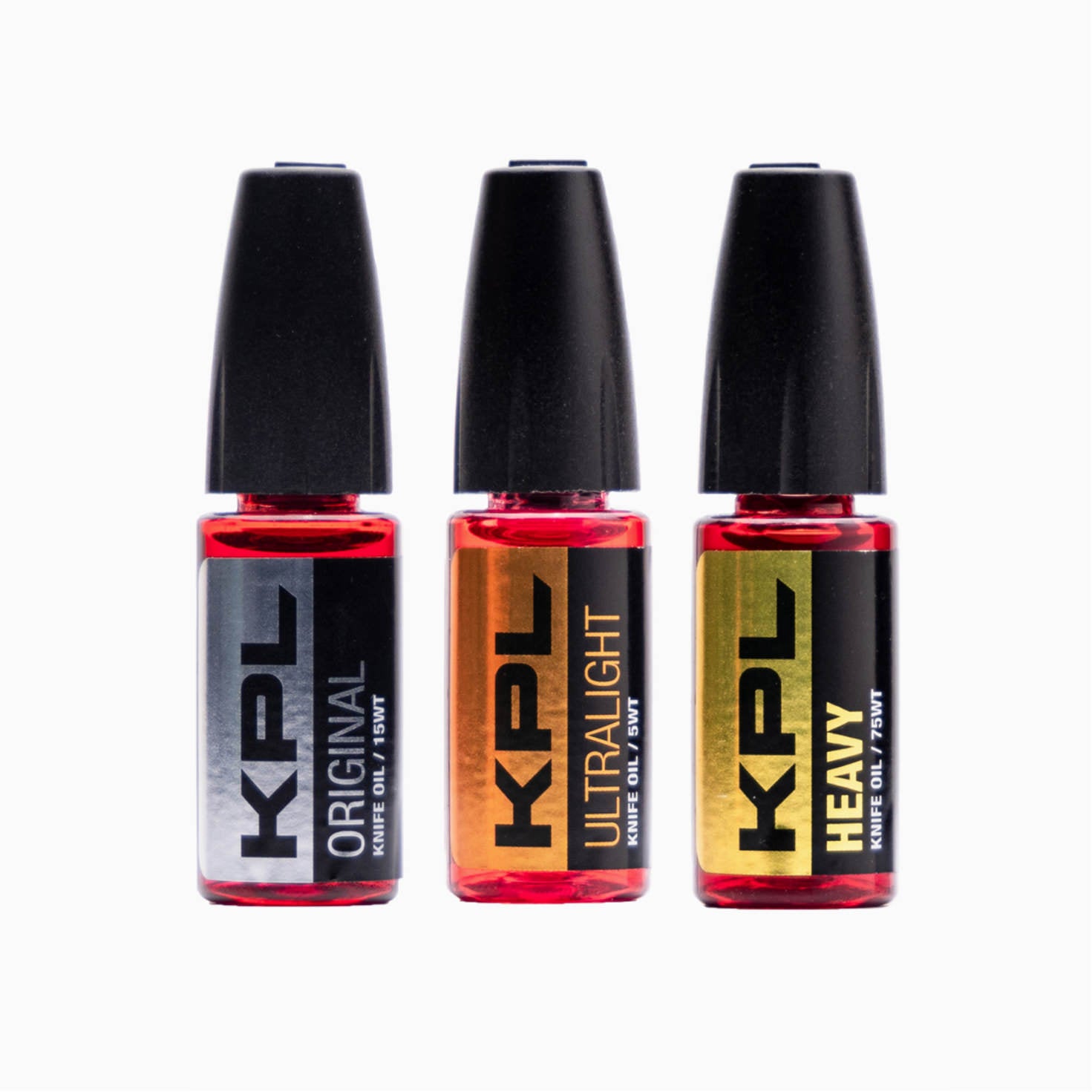
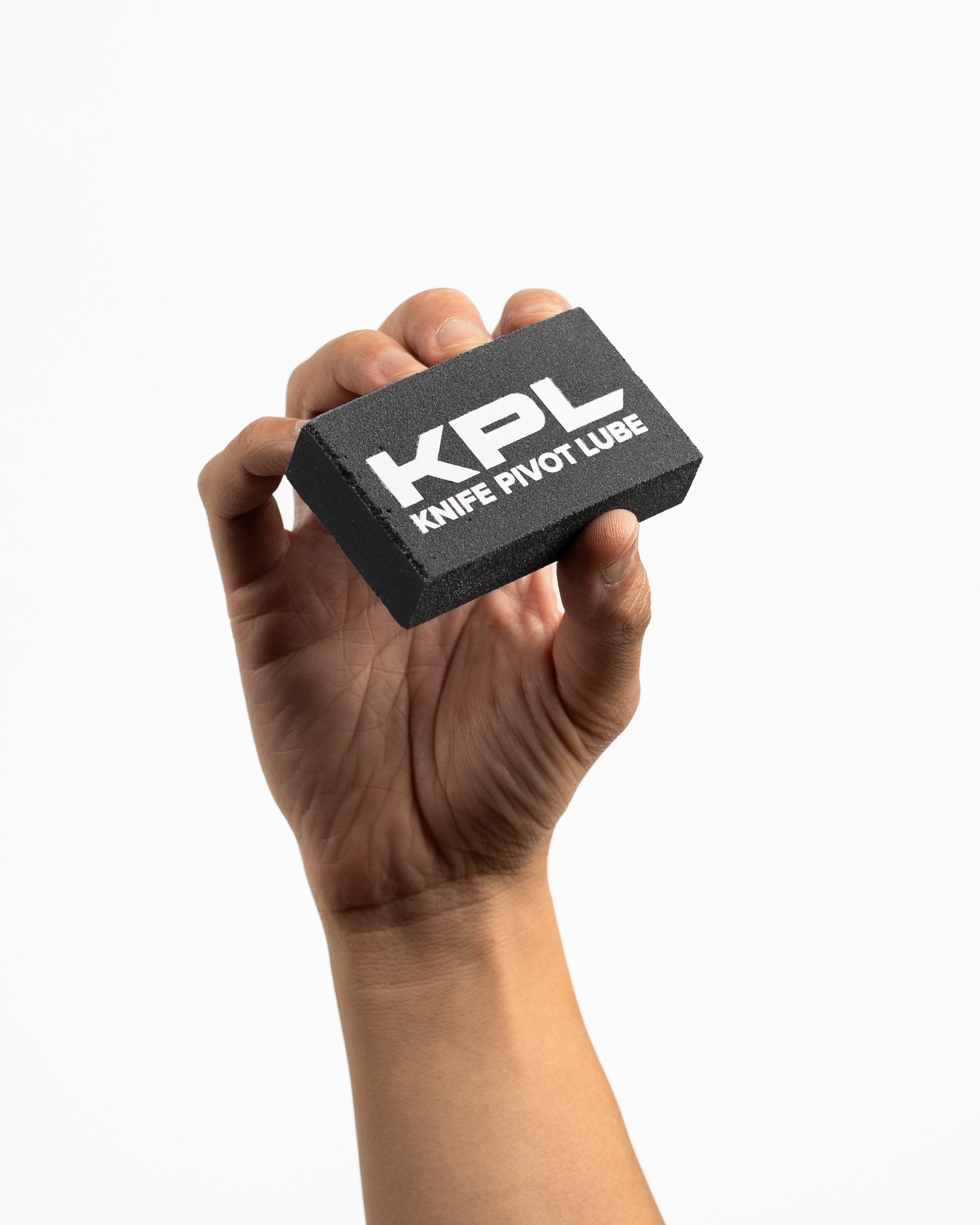
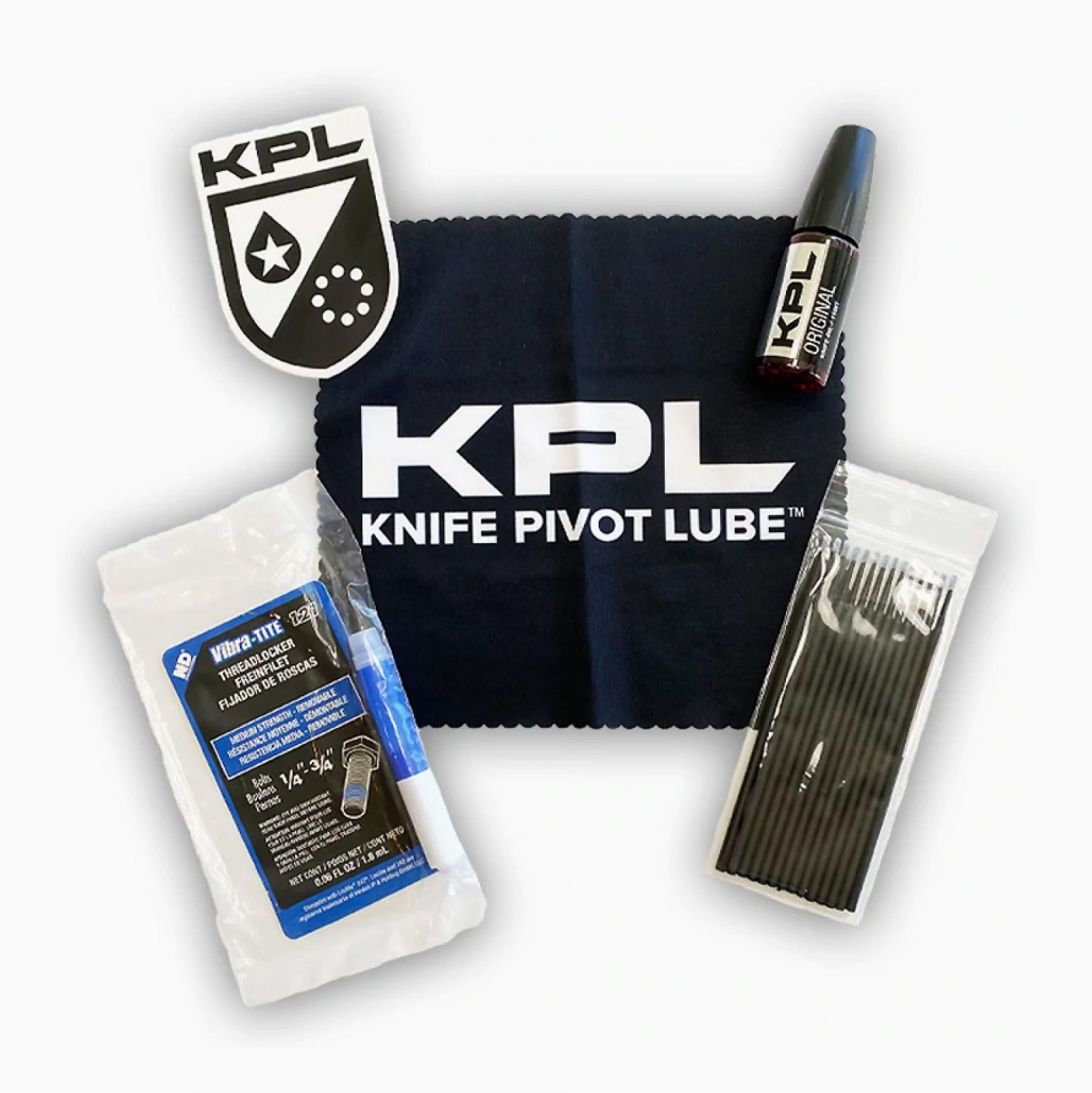
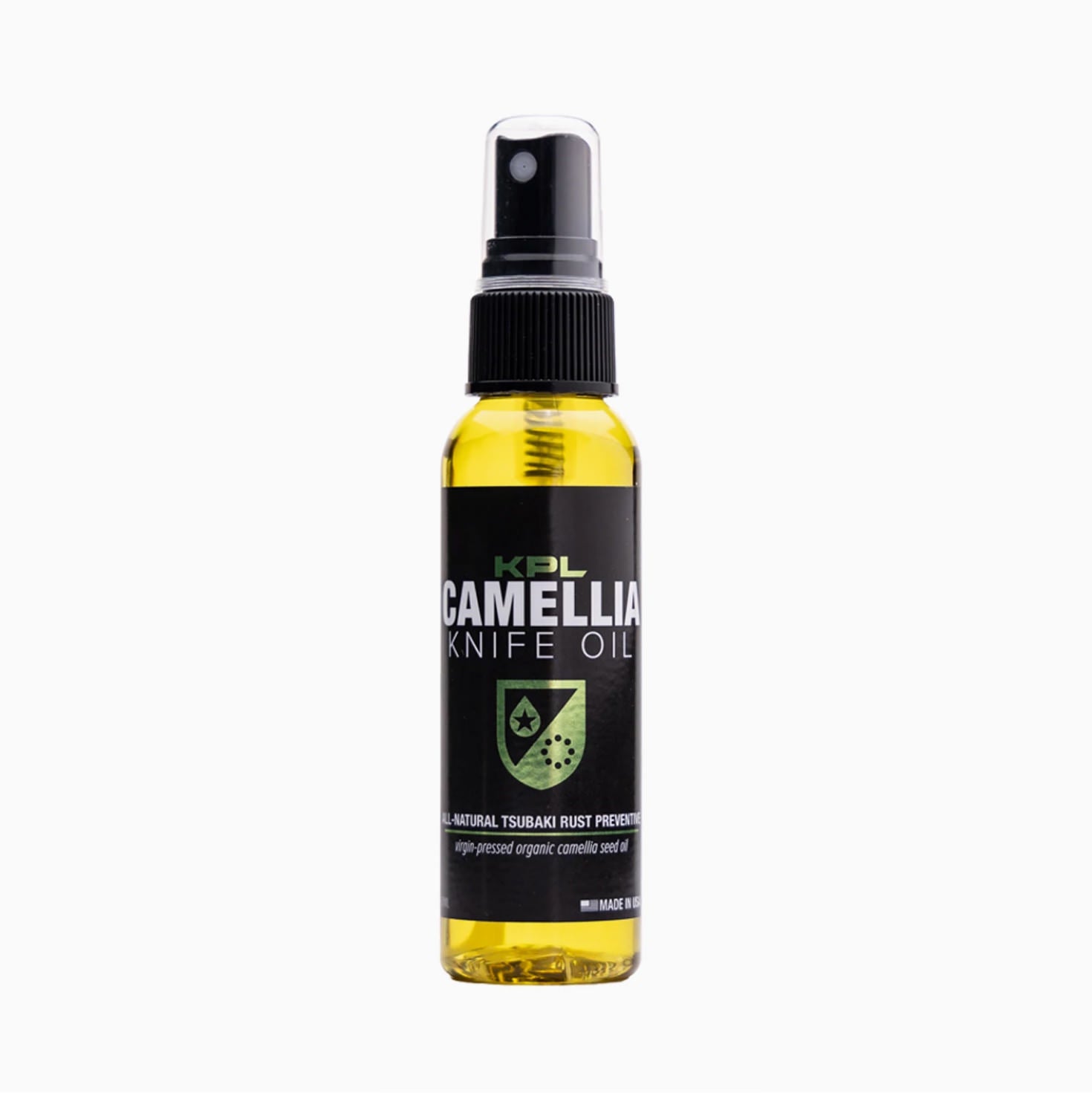


Comments
merrick said:
on bushing balisongs where the washer is between bushing and scales, for good tuning, how much larger should the bushing be than the pivot area of the tang?